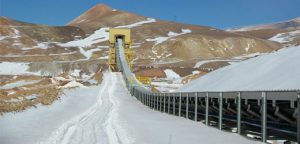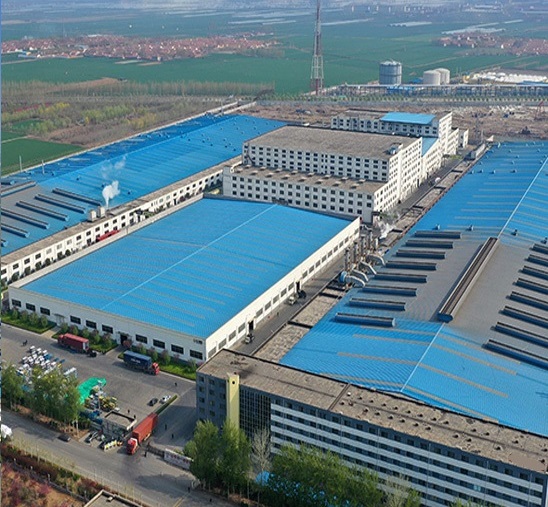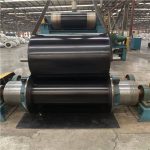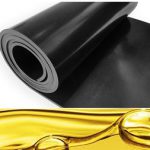How to improve cold and oil resistance of conveyor belt
It is a belt with a different structure from the general conveyor belt, which can meet the requirements of cold resistance, oil resistance, impact resistance and crack resistance. Since most of the rubber of this conveyor belt is nitrile rubber, the oil resistance and cold resistance of nitrile rubber mainly depend on the content of acrylonitrile in the nitrile rubber.
Cold resistance and oil resistance are mutually restricted. If the acrylonitrile content is high, the oil resistance of nitrile rubber is good, and the cold resistance is reduced. In order to improve the cold resistance of nitrile rubber, the method currently used is to add a cold resistance plasticizer with a low freezing point. When the plasticizer is immersed in the rubber, the glass transition temperature of the rubber decreases and the cold resistance improves.
However, since the swelling degree of rubber is an index for evaluating oil resistance, the rubber swells after the rubber containing plasticizer comes into contact with oil, and there is no chemical reaction between the plasticizer and rubber molecules, which is likely to cause pullout or volatilization. The plasticizer is pulled out by the oil, the swelling degree of the rubber is reduced, and the oil resistance is improved.
Therefore, the current method is to add a cold-resistant plasticizer to the rubber in excess, which will lead to the processability of the rubber during mixing reduce. For the above-mentioned problems, Japanese scientific researchers adopt new methods to overcome the above-mentioned shortcomings. That is, between the cushion rubber containing the tensile layer and the target rubber containing the cold-resistant plasticizer, a film with more cold-resistant plasticizer than the target rubber layer impregnated and swollen with the cold-resistant plasticizer is enclosed. The expanded rubber layer between the enclosed target layer and the intermediate rubber layer has grooves through a processing process.
This conveyor belt can be manufactured in the usual way. Add the required compounding agent to the raw rubber for mixing, and extrude it with a two-roll extruder. It is processed into the shape required by the roll calender for covering rubber and intermediate rubber layer. The same method is used to make the swelling rubber layer. Then, an expanded rubber layer is sealed between the target layer and the intermediate rubber layer and bonded together, and is further pressurized and heated for integral vulcanization.
Through the above operation, the inflation layer containing a large amount of cold-resistant plasticizer is enclosed in the target layer. When the target rubber comes into contact with oil, the plasticizer contained in it is extracted. At this time, the plasticizer in the expanded rubber layer continuously moves to the target layer, and thereby the oil resistance and cold resistance of the conveyor belt can be maintained for a long time.

Tags: cold resistant conveyor belt,NBR conveyor belt,oil resistant conveyor belt


